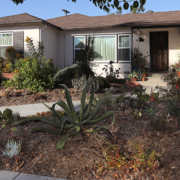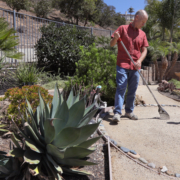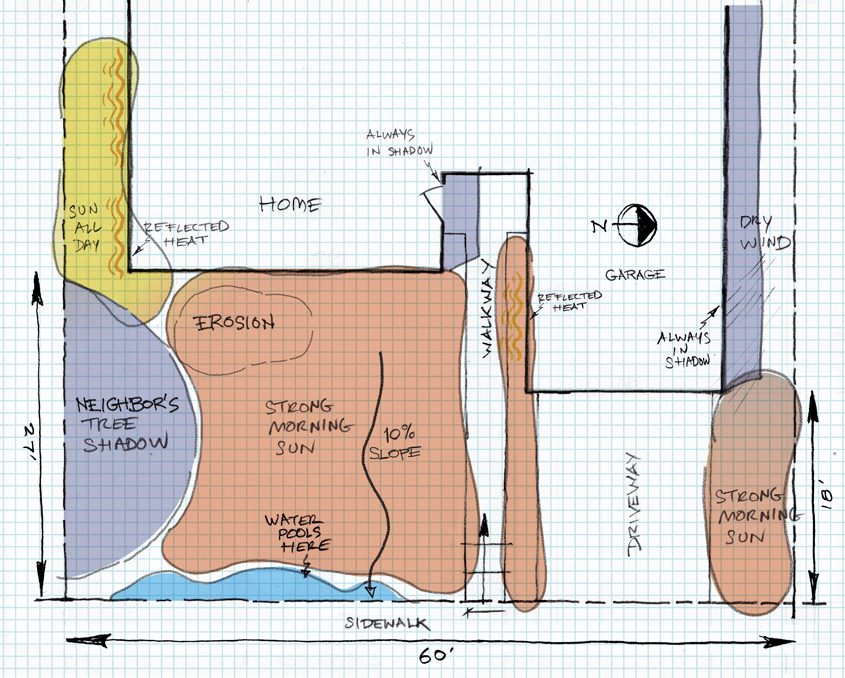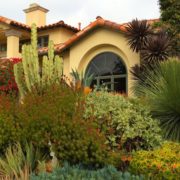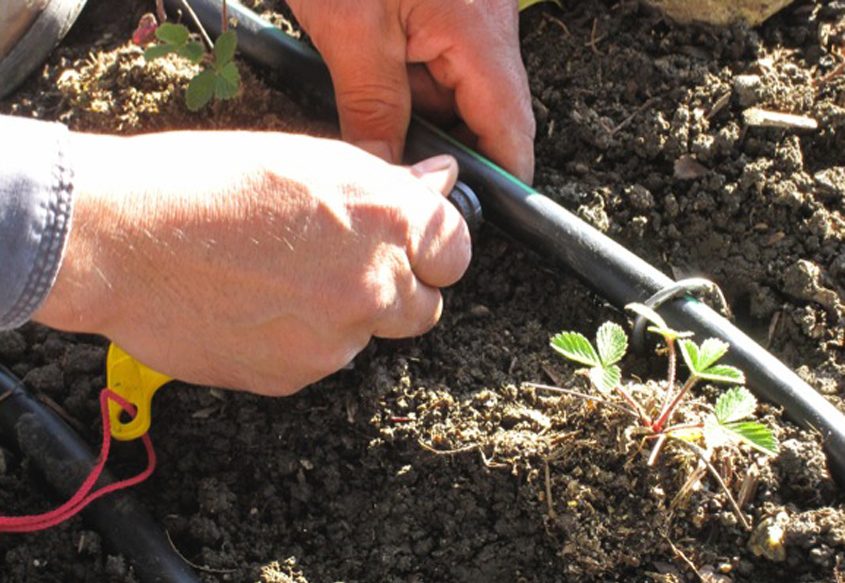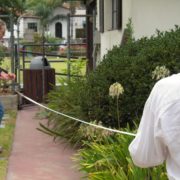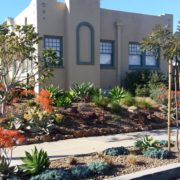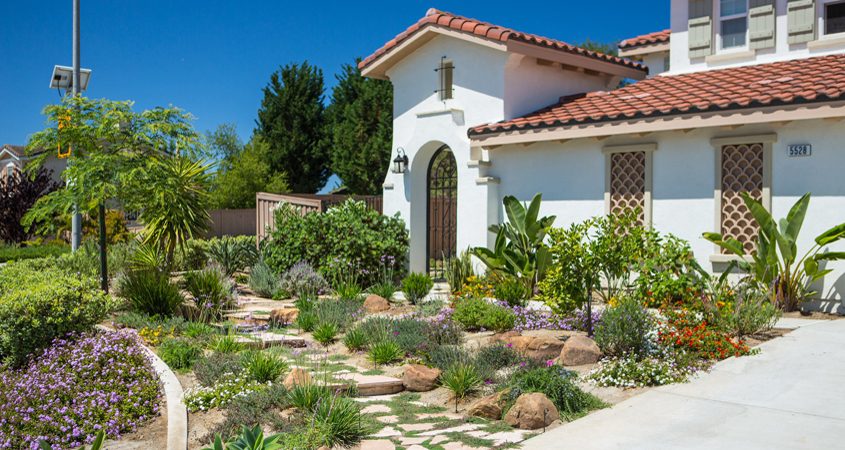Get to Know Your Soil Conditions
Every individual landscape sits in one of San Diego County’s 16 watersheds. The watershed approach to landscaping considers every garden its own mini-watershed, holding onto or cleaning the water falling on it and nurturing a diverse habitat of plants and insects.
Each mini-watershed can be controlled by the people who steward it. Individual landscaping choices add up to collective community action. As a result, these collective actions have the ability to restore the county’s greater watersheds.
Every landscape has unique opportunities and constraints. A thorough evaluation helps to identify them and inform the planting and design choices. Spend time in your yard, observe and take notes about it. Identifying multiple site elements will help you make decisions as you start the design process.
Notes should include the home’s architectural style and materials, good and bad views, slopes, and plants and trees you want to protect. Locate utilities and major irrigation items such as your water meter, controller, and valves.
Start With Healthy Soil
There’s so much more to soil than most people new to landscaping projects realize. Soil is the growing medium for plants. Its nutrients support healthy plant growth. Knowing and working with existing soil conditions and composition is a powerful strategy to maximize water efficiency.
Healthy soil controls the behavior of water: how it moves through the soil and how long it holds on to it. Healthy soil is essential to irrigation efficiency and plant health. It’s possible to build better soil even if existing soil conditions aren’t optimal.
See a demonstration about soil conditions in this video.
First, you must figure out what kind of soil you’re working with. There are three basic soil types: clay, silt, and sand. Clay soil is made of the smallest particles. Sandy soil is composed of the largest particles. Loam, an equal blend of sand, silt, and clay, is considered the ideal. In general, sandy soil drains faster than clay soils.
Soil structure is also vitally important. Hard, compacted sandy soil will not absorb water. Healthy clay soil can behave more like a sponge, holding and releasing water when necessary.
San Diego County residents must often deal with clay soils and work to improve them to provide the best growing conditions and watershed.
__________________________________________________

(Editor’s Note: The San Diego County Water Authority and its 24 member agencies offer programs, resources, and incentives to improve water-use efficiency for residential, commercial, and agricultural users. WaterSmart choices are a way of life in the region. Stay WaterSmart San Diego! For more water-use efficiency resources, go to WaterSmart.SD.org.)

